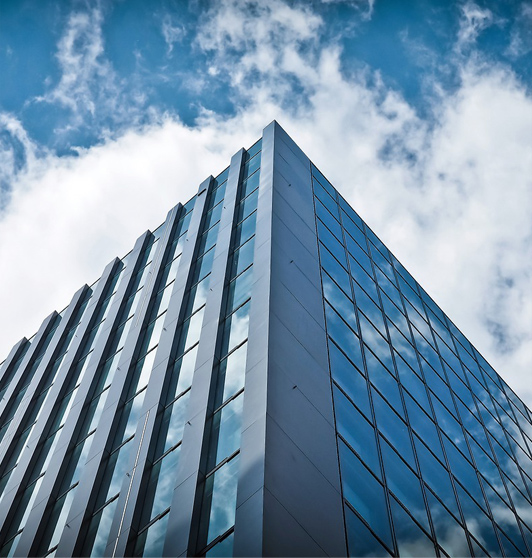Industry knowledge about this item
How are shoulder pads constructed and tailored into garments?
Shoulder pads are constructed and tailored into garments to enhance the shape and structure of the shoulders, creating a more defined and balanced silhouette. They are commonly used in jackets, blazers, coats, and certain dresses to provide structure, improve posture, and give the garment a more polished appearance. Here's how shoulder pads are typically constructed and tailored into garments:
Materials: Shoulder pads are usually made from various materials such as foam, felt, cotton, polyester, or a combination of these materials. The choice of material depends on the desired level of padding and structure.
Cutting and Shaping: The shoulder pad material is cut into the desired shape, which is often slightly curved to fit the contour of the shoulder. The size and shape of the shoulder pad will depend on the style of the garment and the desired effect.
Layering: In some cases, multiple layers of padding materials of varying densities may be used to create a shoulder pad with the desired thickness and support. These layers are usually stacked and stitched together.
Covering: The shoulder pad may be covered with a fabric lining that matches the interior of the garment. This covering serves to protect the padding material and helps it blend seamlessly with the garment.
Stitching: The layers of the shoulder pad are stitched together securely to prevent shifting during wear. The stitching also helps maintain the shape of the pad over time.
Tailoring into Garments:
Preparation: Before attaching the shoulder pads, the garment's shoulder seams are typically sewn together, leaving a small opening or gap at the top of the shoulder seam where the shoulder pad will be inserted.
Placement: The
shoulder pads are positioned over the shoulder seam area, ensuring that they align with the natural shoulder line. The smaller end of the pad is usually placed near the neck, while the wider end extends toward the outer edge of the shoulder.
Attaching: The shoulder pads are hand-stitched or machine-stitched in place using strong thread. The stitches are concealed within the lining or fabric of the garment to make them less visible from the outside.
Finishing: Once the shoulder pads are securely attached, the gap in the shoulder seam is closed. The lining or fabric of the garment is carefully stitched over the opening, ensuring that the stitches are discreet and not visible from the exterior.
Pressing: After the shoulder pads are attached, the garment is pressed with a steam iron to set the shape and make sure the shoulder pads lie flat and smooth.
How do the materials used in sports shoulder pads differ from those in fashion shoulder pads?
Sports Shoulder Pads:
Sports
shoulder pads are designed primarily for protection, particularly in contact sports like football, hockey, and lacrosse. The main goals of sports shoulder pads are to absorb and disperse impact forces, reduce the risk of injury, and provide structural support. As a result, the materials used in sports shoulder pads focus on durability, impact absorption, and flexibility.
Hard Shell: The outer shell of sports shoulder pads is usually made from a tough and durable material, often a combination of hard plastics and composite materials. This shell provides impact resistance and spreads the force of collisions over a larger area.
Foam Padding: The interior of sports shoulder pads features various types of foam padding, including closed-cell foam and energy-absorbing materials like EVA (ethylene-vinyl acetate) or polyurethane. These foams are strategically placed to cushion impacts and reduce the risk of bruises, contusions, and more severe injuries.
Straps and Fasteners: Adjustable straps and fasteners are used to secure sports shoulder pads in place. These are typically made from durable woven materials, ensuring a snug fit that prevents the pads from moving during intense physical activity.
Fashion Shoulder Pads:
Fashion shoulder pads are primarily used to alter the appearance of an outfit, enhance the silhouette, and create a specific style or aesthetic. They were particularly popular in the 1980s but still find use in certain fashion designs today. Fashion shoulder pads aim to give the appearance of broader shoulders and a more defined upper body shape. The materials used in fashion shoulder pads prioritize comfort, aesthetics, and flexibility.
Soft Padding: Unlike sports shoulder pads, fashion shoulder pads use softer padding materials. These can include foam, cotton, polyester batting, or other lightweight and comfortable materials. The goal is to create a gentle lift rather than offering impact protection.
